
Image Gallery: Prince Albert Impact Crater
Shatter cones
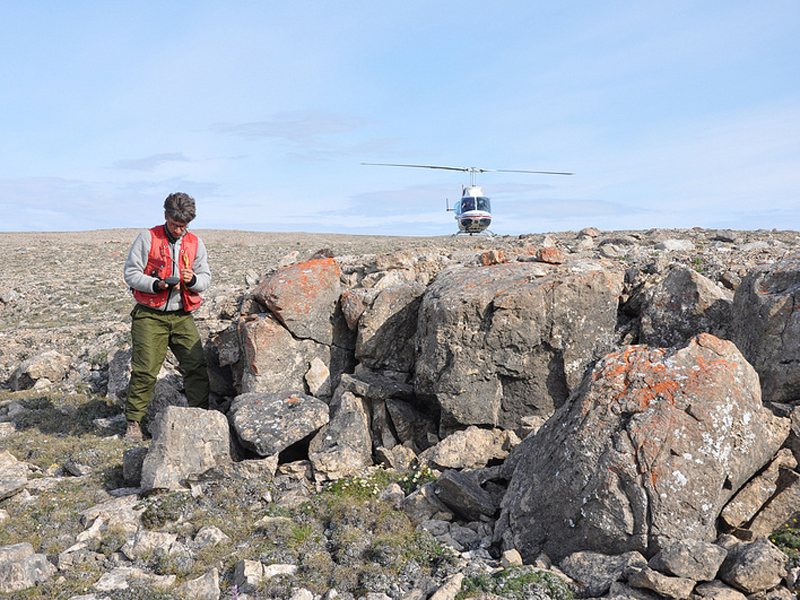
Researchers in Canada's western Arctic have found evidence of a crater that formed when a huge meteor slammed into Earth millions of years ago.
Here, Geological Survey of Canada geologist Keith Dewing examines shatter cones and takes notes at the newly discovered Prince Albert impact crater, as it has been called, located in northwestern Victoria Island in the western Arctic.
View from above
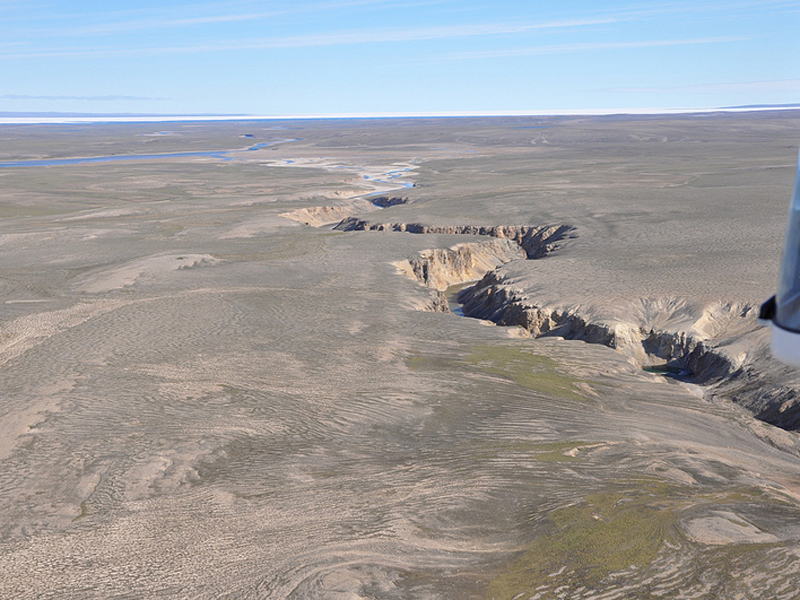
A view from a helicopter of a river gorge cut into the flat tundra of northwestern Victoria Island, with the frozen Arctic Ocean and Banks Island in the distance.
Crater from above
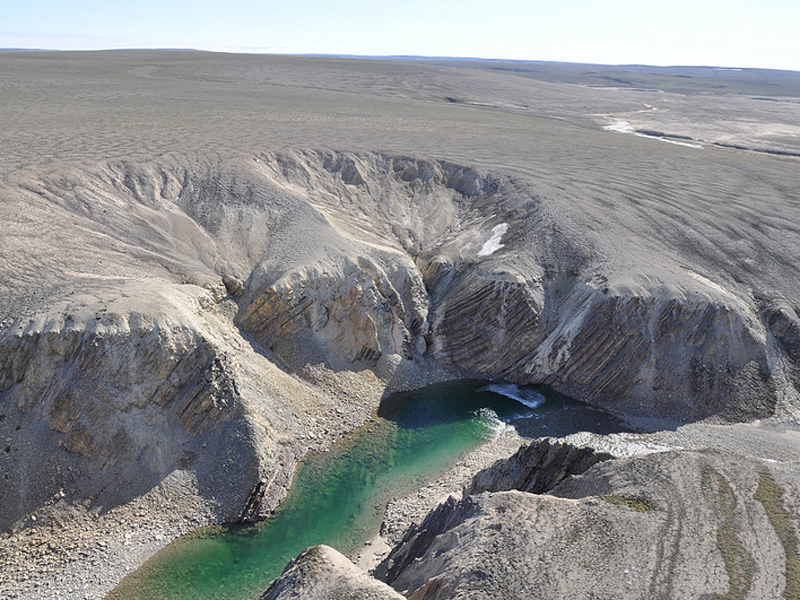
A view from the helicopter of the river gorge showing steeply tilted sedimentary rock strata. These deformed beds represent the central uplift caused by rebound after the impact.
Shatter cone cluster
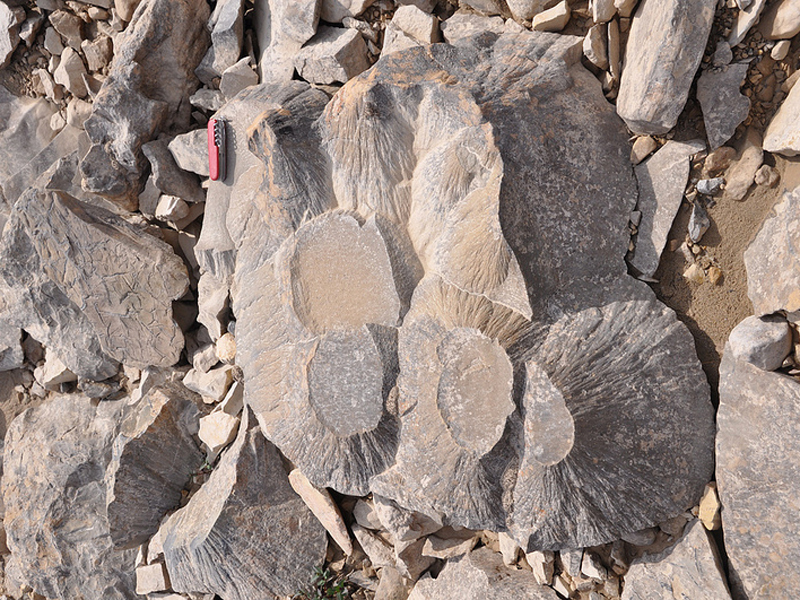
This photo is looking down on a bed showing interfering shatter cones radiating downwards (away from the strike). The shatter cone surface consists of radiating ridges and grooves. The Swiss army knife is for scale.
Large shatter cones
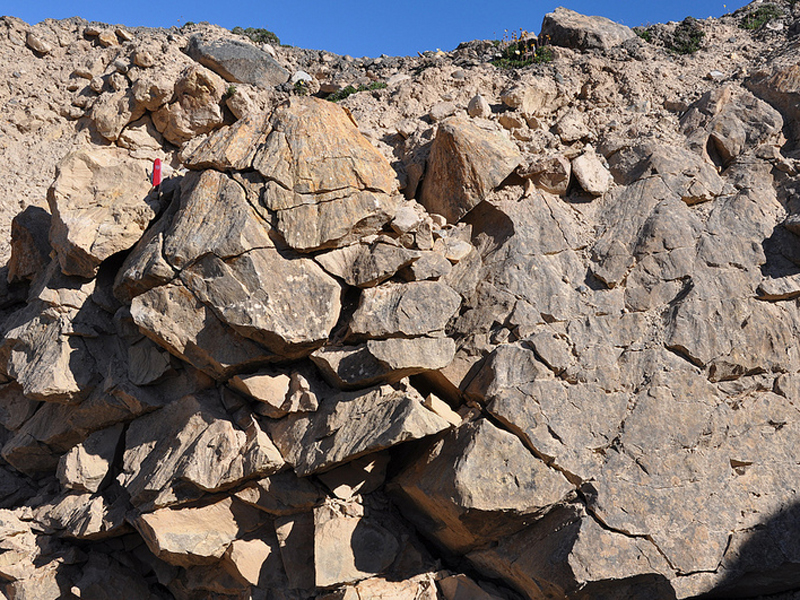
Large shatter cones seen from the side show upward- and downward-pointing apices.
Fan-shaped pattern
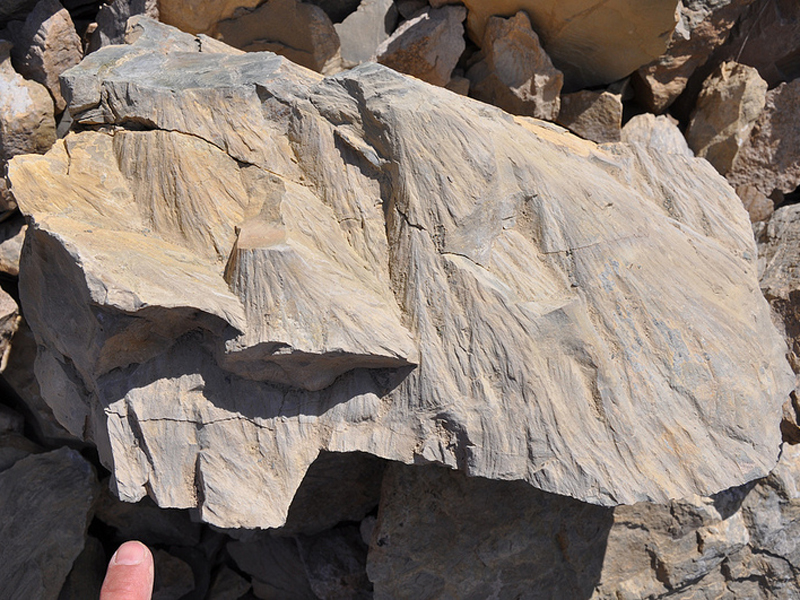
This specimen of small, overlapping shatter cones consiss of fan-shaped ridges and grooves radiating from an apex. The fingertip is shown for scale.
Astrobleme
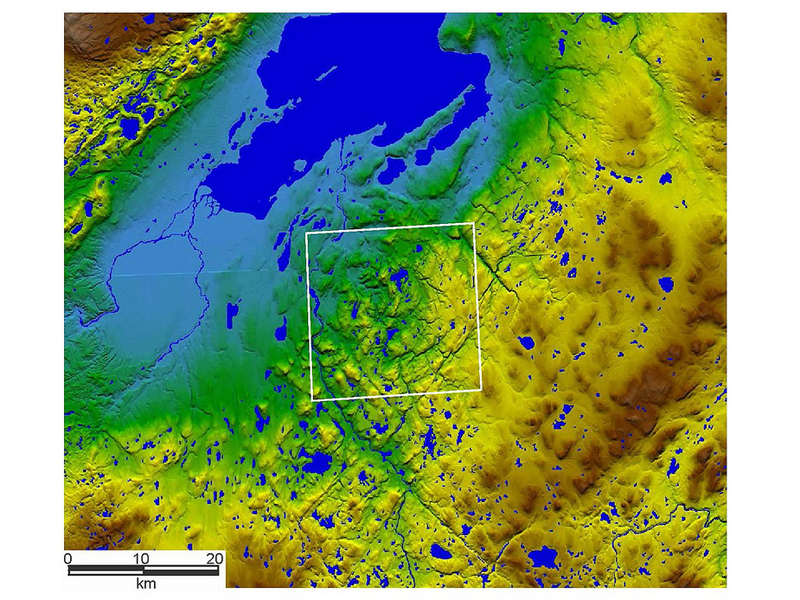
A digital elevation map showing the low-relief topography as measured by satellite. The circular shape of the astrobleme is clear from successive ring-shaped ridges formed by upturned strata. The color is artificial (highest = brown; lowest = light blue; water = dark blue).
Sign up for the Live Science daily newsletter now
Get the world’s most fascinating discoveries delivered straight to your inbox.










